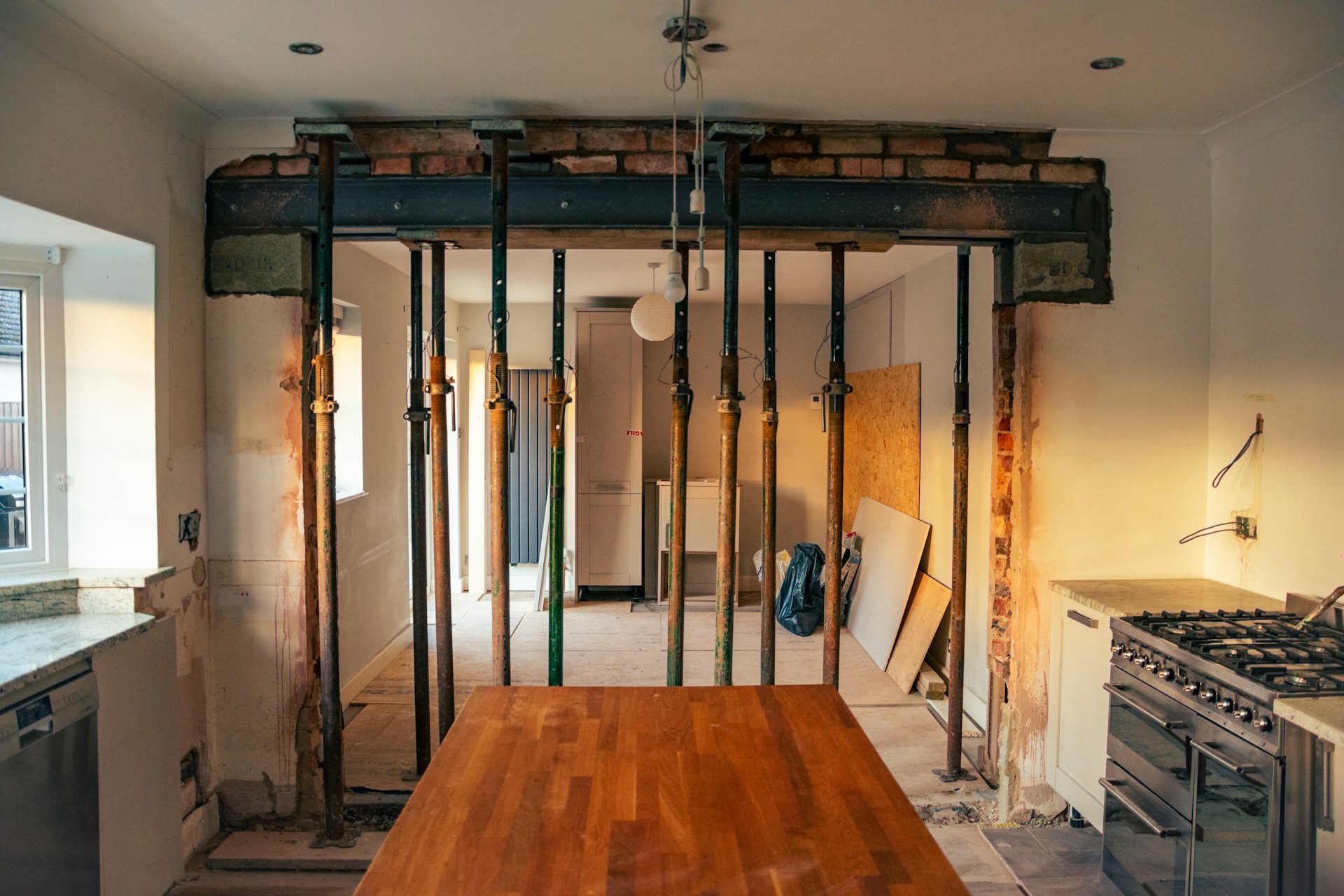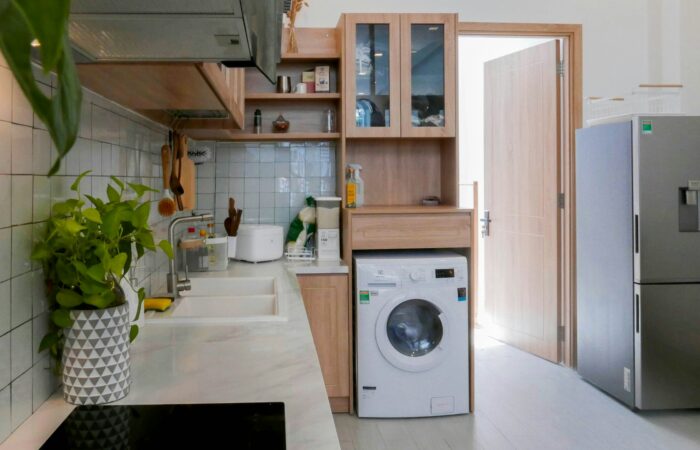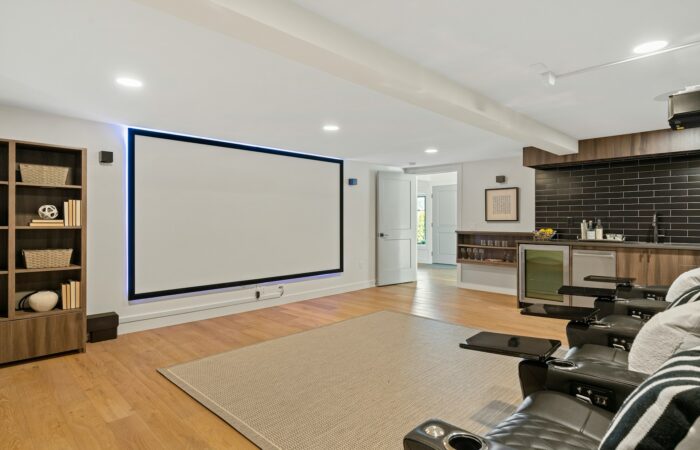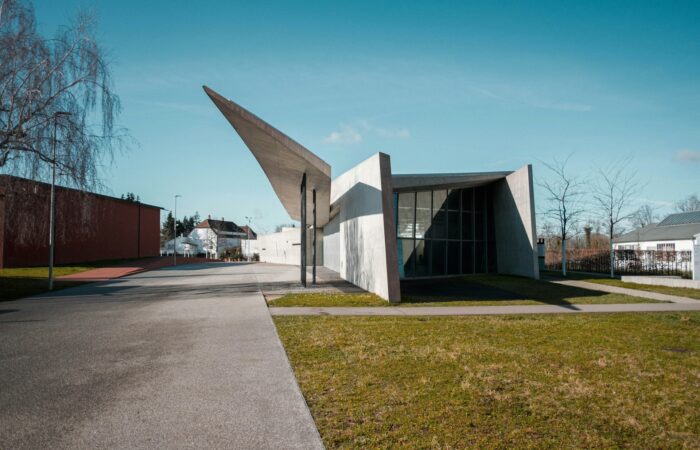
Thinking of updating your kitchen? Whether you’re eager for more counter space, modern appliances, or just a fresh look, a kitchen remodel can add comfort and lasting value to your home.
But without a solid plan, even the most exciting projects can lead to budget headaches and style regrets. This guide will show you how to plan a successful kitchen remodel that suits your needs, fits your style, and delivers results you’ll love.
Learn the essential renovation planning steps, how to avoid common pitfalls, and get kitchen design tips that will set your project up for success. By the end, you’ll have clear direction and actionable steps for creating your ideal cooking space.
Define Your Kitchen Goals and Priorities
Understand Why You Want to Remodel
Before touching a tile or choosing a faucet, step back and define what you hope to achieve. Are you after more storage, family-friendly layouts, or an aesthetic upgrade? Maybe your kitchen needs to be more accessible, or your dated appliances drain energy and efficiency.
Write a list of must-haves (like extra counter space or task lighting) and nice-to-haves (such as a built-in coffee machine). Having priorities will guide every decision and keep your renovation planning focused.
Set a Realistic Budget
Your budget will determine your choices from layout to materials. According to recent home improvement reports, kitchen remodels typically range from $15,000 for modest updates to over $50,000 for high-end renovations.
Leave space for a contingency fund (10-20% of your budget) to handle any surprises. Get quotes from contractors or vendors and research the cost of key elements like cabinetry, countertops, and appliances.
Knowing what you can afford upfront avoids disappointment later in the process.
Measure Twice, Design Once
Analyze Your Existing Space
To get the kitchen of your dreams, you have to understand your current space’s strengths and weaknesses. Measure the walls, windows, doors, and existing fixtures to sketch a detailed floor plan.
Think about how people move in the kitchen and identify what’s not working. Notice bottlenecks, wasted corners, or outdated fixtures that make daily tasks harder.
Explore Efficient Layouts
The classic work triangle (sink, stove, refrigerator in a triangular layout) is a tried-and-true approach, but many modern kitchens break the mold. Consider an island for more storage and prep area, or go for open shelving if you need fast access to dishes.
Think about foot traffic, especially if your kitchen doubles as a family hub. Good kitchen design tips will always focus on maximizing both space and functionality.
Choose Materials and Finishes with Care
Cabinets and Countertops
Cabinetry and counters set the tone for your new kitchen. Popular materials like wood, laminate, or stainless steel offer durability and style. If you love the natural look, consider wood or quartz composite counters.
For easy cleaning, laminate or solid-surface counters are a smart pick. Whatever you choose, balance your style preferences with practical maintenance and lifespan.
Flooring and Backsplash
High-traffic kitchens need resilient, easy-to-clean floors. Porcelain tile and luxury vinyl are both durable and stylish choices. Pair them with a backsplash that’s both splash-proof and full of personality.
Subway tile, glass mosaic, or even patterned ceramic tiles can add a custom touch. When selecting colors, lighter shades tend to make the space feel bigger and brighter.
Plan For Lighting and Fixtures
Blend Ambient and Task Lighting
A well-lit kitchen improves both ambiance and safety. Use layered lighting by combining overhead fixtures (like recessed lights) with focused task lighting under cabinets or over islands.
Pendant lights can add a stylish accent while supplying brightness right where you need it.
Updated Fixtures for Modern Convenience
Upgrading faucets, hardware, and appliances can instantly refresh the space. Touchless faucets, deep sinks, or energy-efficient dishwashers are both functional and on-trend. When possible, choose finishes that match your style and are easy to keep clean.
Consider Upgrades and Trends That Add Value
Incorporate Smart Technology
Smart kitchens are growing in popularity. Integrating appliances like Wi-Fi-connected ovens, voice-controlled lighting, or fridge cameras that help you track groceries puts convenience front and center.
These technology upgrades can also boost your home value and simplify everyday life.
Sustainable Choices For Long-Term Savings
Opt for energy-saving appliances and LED lighting to cut utility costs and protect the environment. Consider recycled materials for countertops or cabinetry and look for eco-friendly paints and finishes.
Sustainability is a top trend in renovation planning and a responsible step for any home improvement project.
Don’t Forget About Adjacent Spaces
Seamless Flow Into Dining and Living Areas
Modern renovations often involve open-plan layouts. If your remodel will impact adjoining spaces, plan transitions carefully. Matching floors across the kitchen and living room create continuity, while a complementary color palette can tie the rooms together.
Tub Conversion To Shower and Other Home Upgrades
While focusing on the kitchen, it’s wise to think about other valuable home upgrades. For example, a tub conversion to shower in a nearby bathroom can complement your home’s refreshed look.
Consider how the kitchen remodel fits into your long-term home improvement goals so your style remains consistent and your investment is maximized.
Working With Professionals and DIY Considerations
Hiring the Right Team
Unless you’re skilled at construction, a successful kitchen remodel will benefit from professional input. Architects, interior designers, and experienced contractors can spot potential issues before they arise and guide you toward better solutions.
Always check references and licenses before hiring, and communicate regularly to keep your project on track.
When to DIY and When to Delegate
Painting, simple fixture swaps, or organizing cabinets are fair game for DIY enthusiasts. However, electrical work, plumbing, and structural changes should be left to professionals for safety and compliance with local codes.
Weigh the risks and benefits realistically to avoid unnecessary costs or delays.
Set Yourself Up for Kitchen Remodel Success
Renovating your kitchen is a chance to invest in your home’s function and style. Start with a clear plan, prioritize your must-haves, and bring in expert help where needed. Don’t rush layout decisions or material selections.
Remember to factor in elements like smart home technology, sustainability, and flow to adjacent rooms for a remodel that stands the test of time.
If you’re still refining your vision, explore popular kitchen design tips, talk with renovation specialists, and check out before-and-after photos for inspiration.
Careful renovation planning ensures your finished space feels just right for your daily life and future gatherings.
Subscribe To Get Update Latest Blog Post
No Credit Card Required









